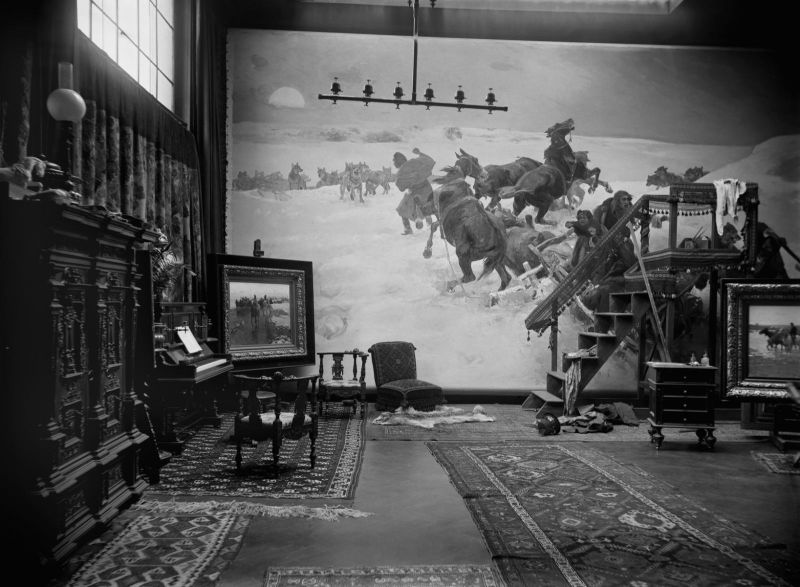Ateliers of Polish painters in Munich ca. 1890
Mediathek Sorted
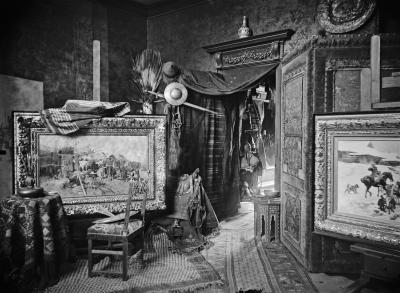
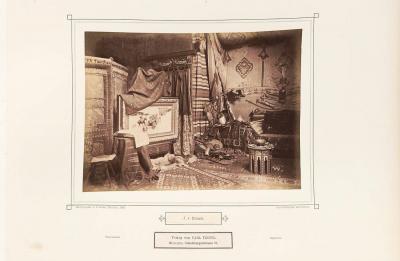

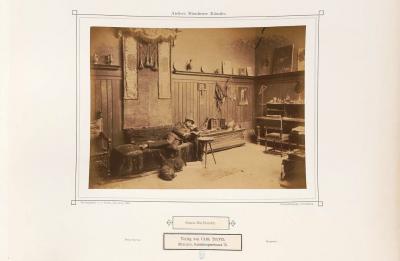











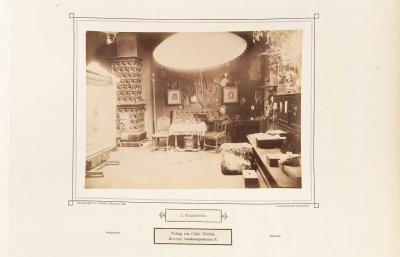






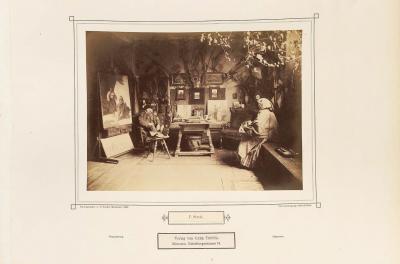

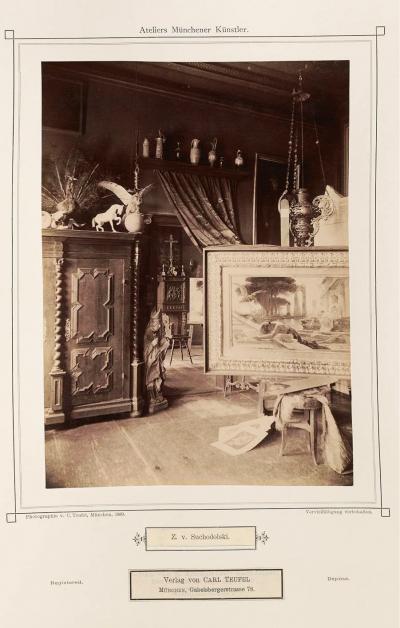


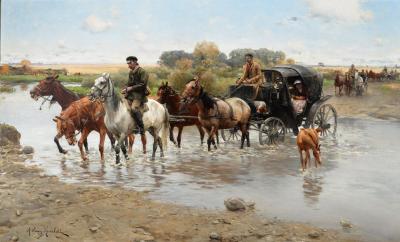

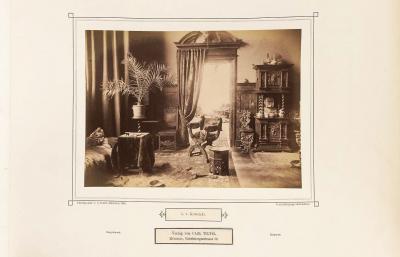
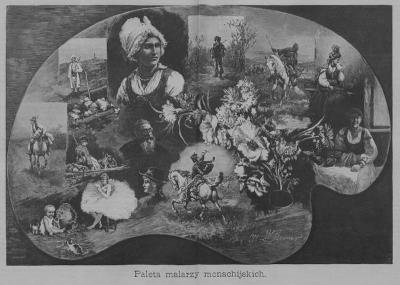


In 1873, the Polish painter Alfred Kowalski (1849-1915)[59] who had previously studied in Warsaw and Dresden, came to Munich and enrolled in October of that year in the Munich Art Academy – in the same semester as Zdzisław Ajdukiewicz, Kazimierz Alchimowicz, Chełmiński, Wojciech Kossak, Wojciech Piechowski, Szwoynicki, Włodzimierz Łoś and Aleksander Mroczkowski,[60] who began their studies either in the antiquity class or, like Kowalski, under the historic painter Sándor (Alexander von) Wagner (1838-1919). It can be assumed that Kowalski, who was registered and listed in Munich under his surname, but who signed his paintings “Wierusz-Kowalski”, a combination of the Polish family names from which various name variants were formed over time, soon contacted Brandt. In 1878, he was listed for the first time in the Munich address book as a painter on the second floor of Schwanthalerstraße 19. As well as other tenants, this house accommodated numerous apartments or ateliers of other artists, such, in 1875, as well as Brandt, the painter Rudolf Hirth (du Frênes, 1846-1916) and in the neighbouring building number 19 ½ the painter Gabriel (von) Max (1840-1915), Franz Defregger (1835-1921) and Robert Beyschlag (1838-1903),[61] in 1878, as well as Kowalski, Max and Beyschlag, the Irish painter Georg(e) Folingsby (1828-1891), whilst Brandt is temporarily not listed for reasons unknown.[62]
In the years that followed, Wierusz-Kowalski moved several times,[63] but from 1889 to 1910 he had that prestigious atelier in a rear atelier building at Landwehrstraße 79 in Ludwigsvorstadt that Teufel had photographed and also included in his book (Fig. 20-22). As with Brandt, Wierusz-Kowalski’s atelier became the meeting place for artists, gallery owners and collectors, one of whom was Prince Regent Luitpold. Wierusz-Kowalski also married and lived with his wife and four children in a sophisticated apartment in Goethestraße 48,[64] in which guests, including Luitpold, were always welcome.[65] In return, Wierusz-Kowalski, just like Brandt, Rosen, Ejsmond, Czachórski and others, were occasionally invited to festive dinners and receptions at the royal residence.[66] Ateliers and apartments, particularly those of Brandt and Wierusz-Kowalski, did not just provide the setting for the social gatherings of the Polish artist colony, they also formed a little piece of home for the more of less voluntary exiles where they could spend time together, celebrate the Polish way of life, collaborate on activities and participation in exhibitions in Munich, Poland or abroad, get embroiled in endless political discussions and subscribe together to Polish magazines.[67]
Munich attracted foreign students because of its high-profile public art collections, the excellent training at the art academy, the aggressive promotion of the arts by the royal family and the liberal attitude of the people living there. But many Poles came to Munich, particularly after the January Uprising 1863/64 against the Russian partitioning power, as refugees or as a result of the subsequent years of repression, such as the closing of the Warsaw Academy of Fine Arts/Akademia Sztuk Pięknych. Between 1824 and 1914, around 700 Polish artists, sculptors and architects passed through the Munich artists’ circle, with 322 studying art officially.[68] In their day, Brandt and Wierusz-Kowalski helped the new arrivals financially and provided accommodation, but they also gave them access to their rich pool of requisites in their ateliers.[69] The art critics also saw the Poles as a closed group who “ultimately became a formal school”; this is because their compositions have in common “a certain melancholic characteristic” and the “colour mood”, wrote Friedrich Pecht 1888: “Mostly they pay tribute to the true and faithful love for their homeland and their ... mixture of bleak woods, naked plains and snow which seem charming to us.”[70]
[59] Detailed biography in the Encyclopaedia Polonica, https://www.porta-polonica.de/de/lexikon/wierusz-kowalski-alfred; online exhibition “Alfred Wierusz-Kowalski” also in this portal, https://www.porta-polonica.de/de/atlas-der-erinnerungsorte/alfred-wierusz-kowalski
[60] Stępień/Liczbińska 1994, page 11
[61] Munich address book 1875, Part II, page 244
[62] Munich address book 1878, Part II, page 300
[63] Ptaszyńska 2008, page XI
[64] Munich address book 1890, Part I, page 184
[65] Halina Stepień 2008 (see literature), page page VIII
[66] ibid., page IX
[67] ibid., page VI f.
[68] Ste̜pień 2003, page 187; see also in this portal the online exhibition “Polish artists in Munich 1828-1914”, https://www.porta-polonica.de/de/atlas-der-erinnerungsorte/polnische-kuenstler-muenchen-1828-1914
[69] Ste̜pień 2003, page 194
[70] Pecht 1888, page 420





















































































